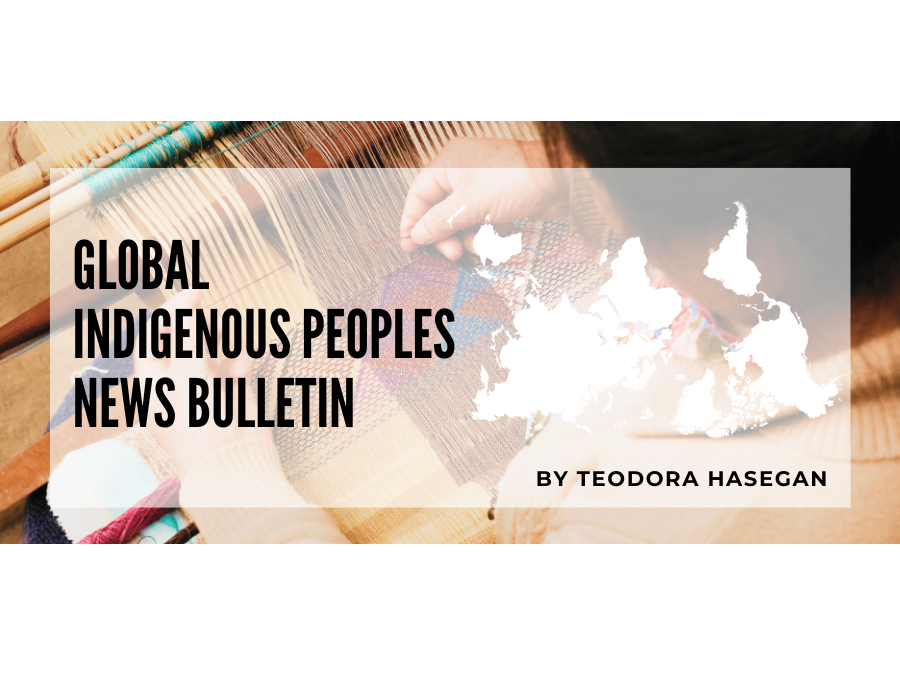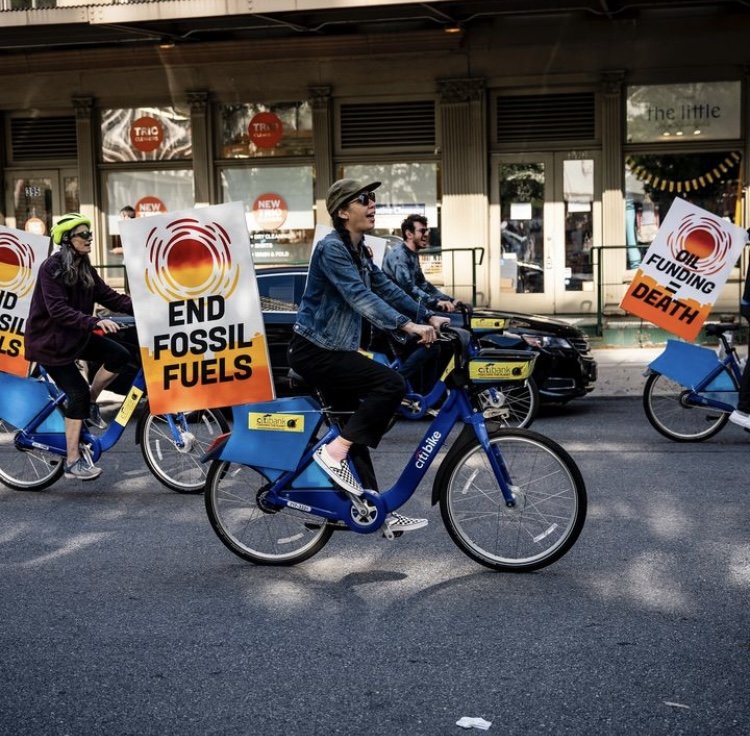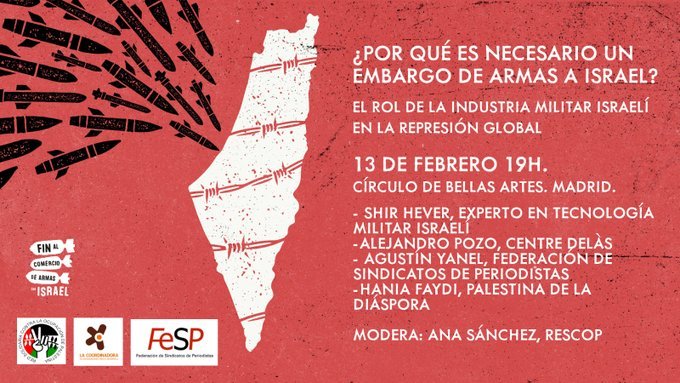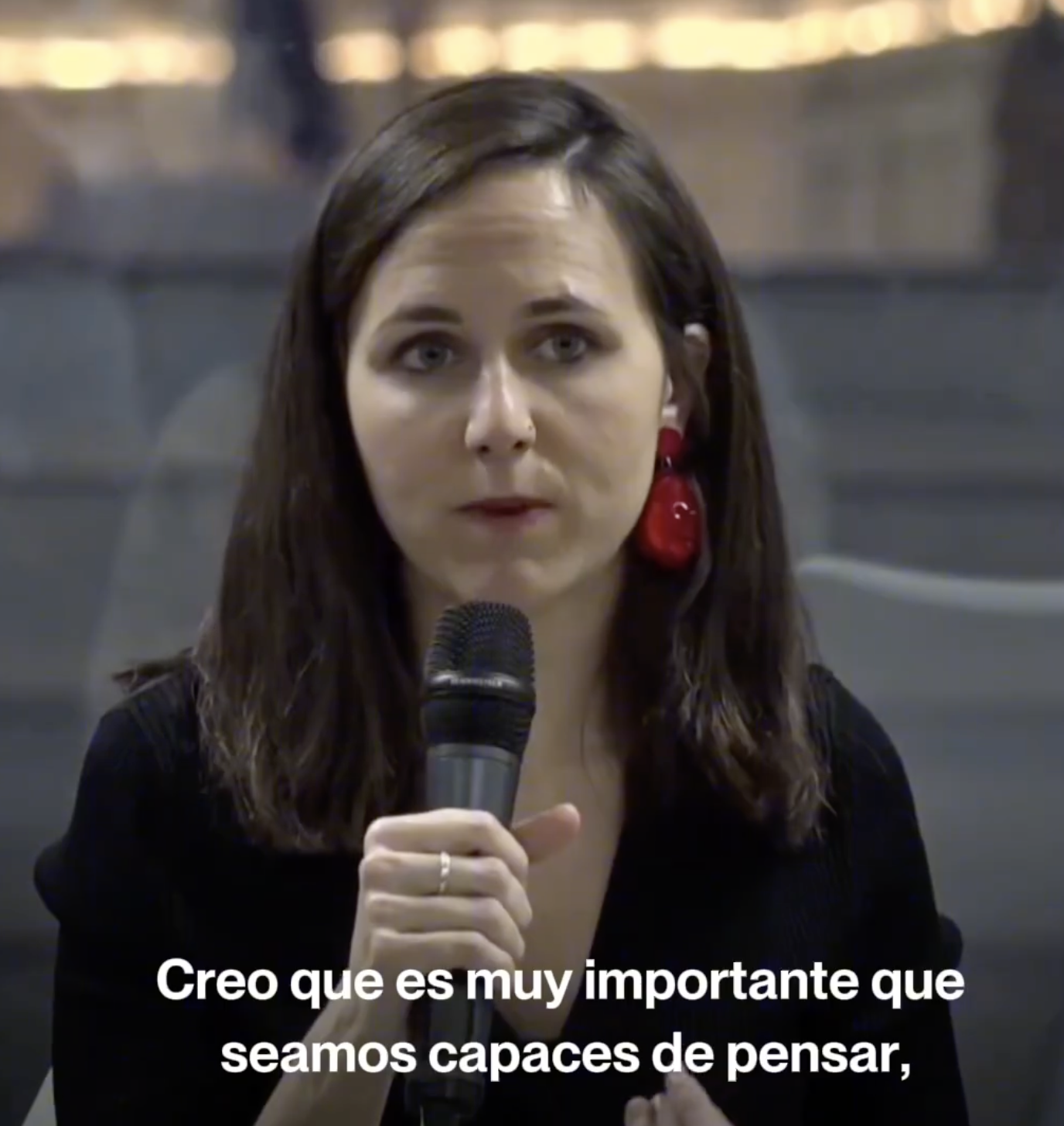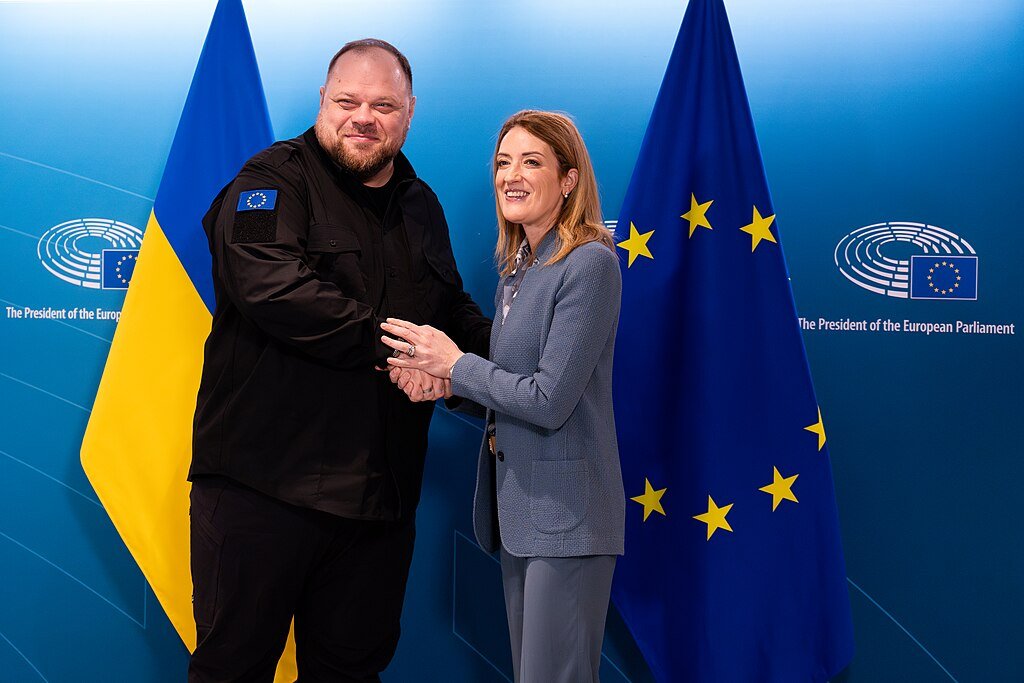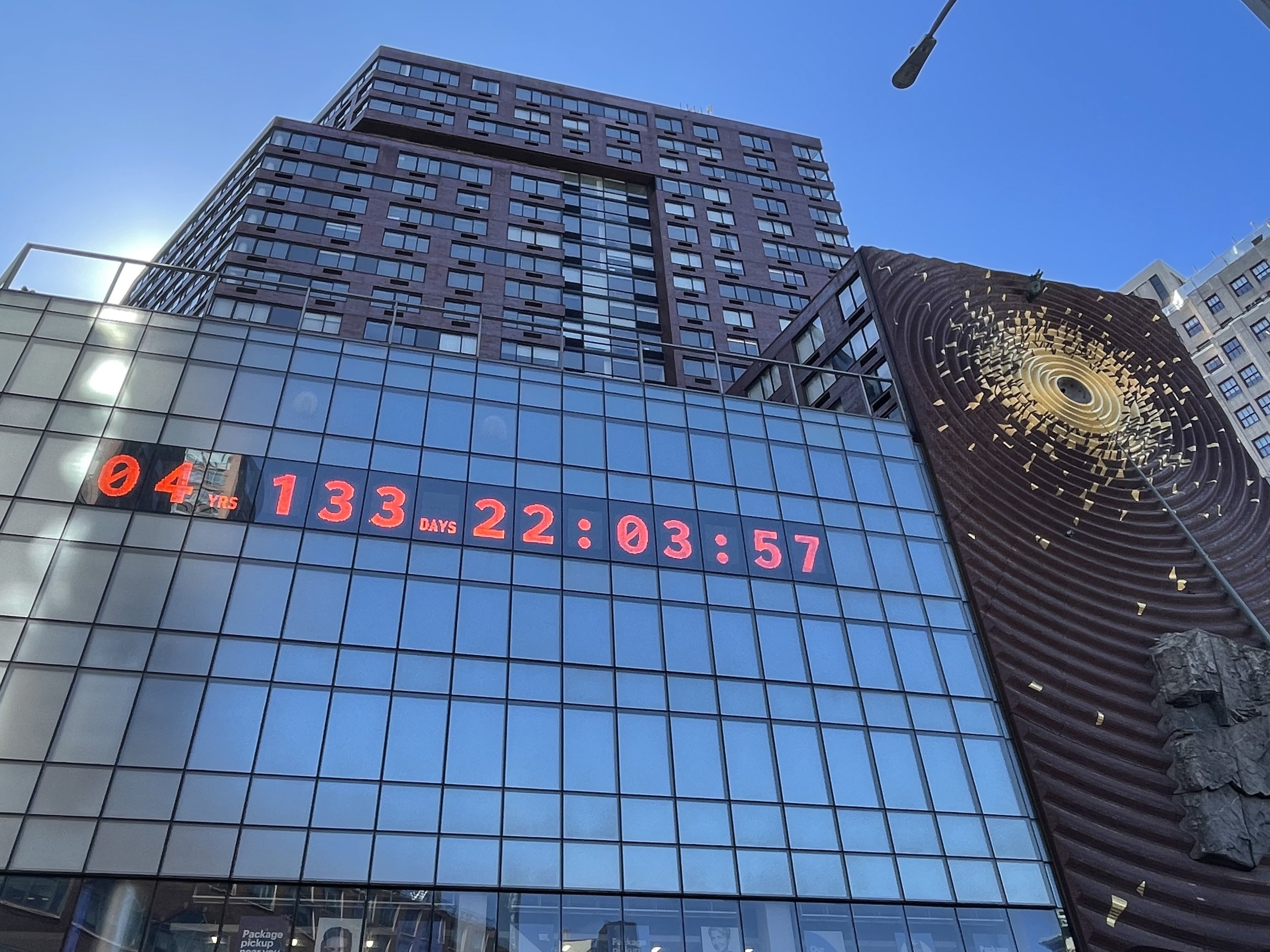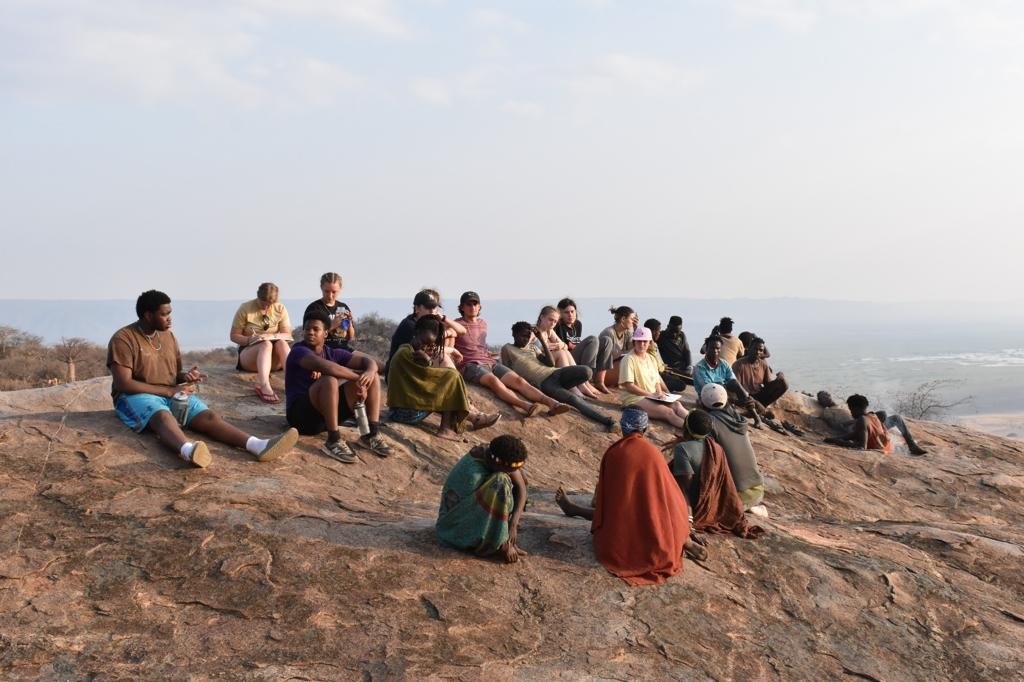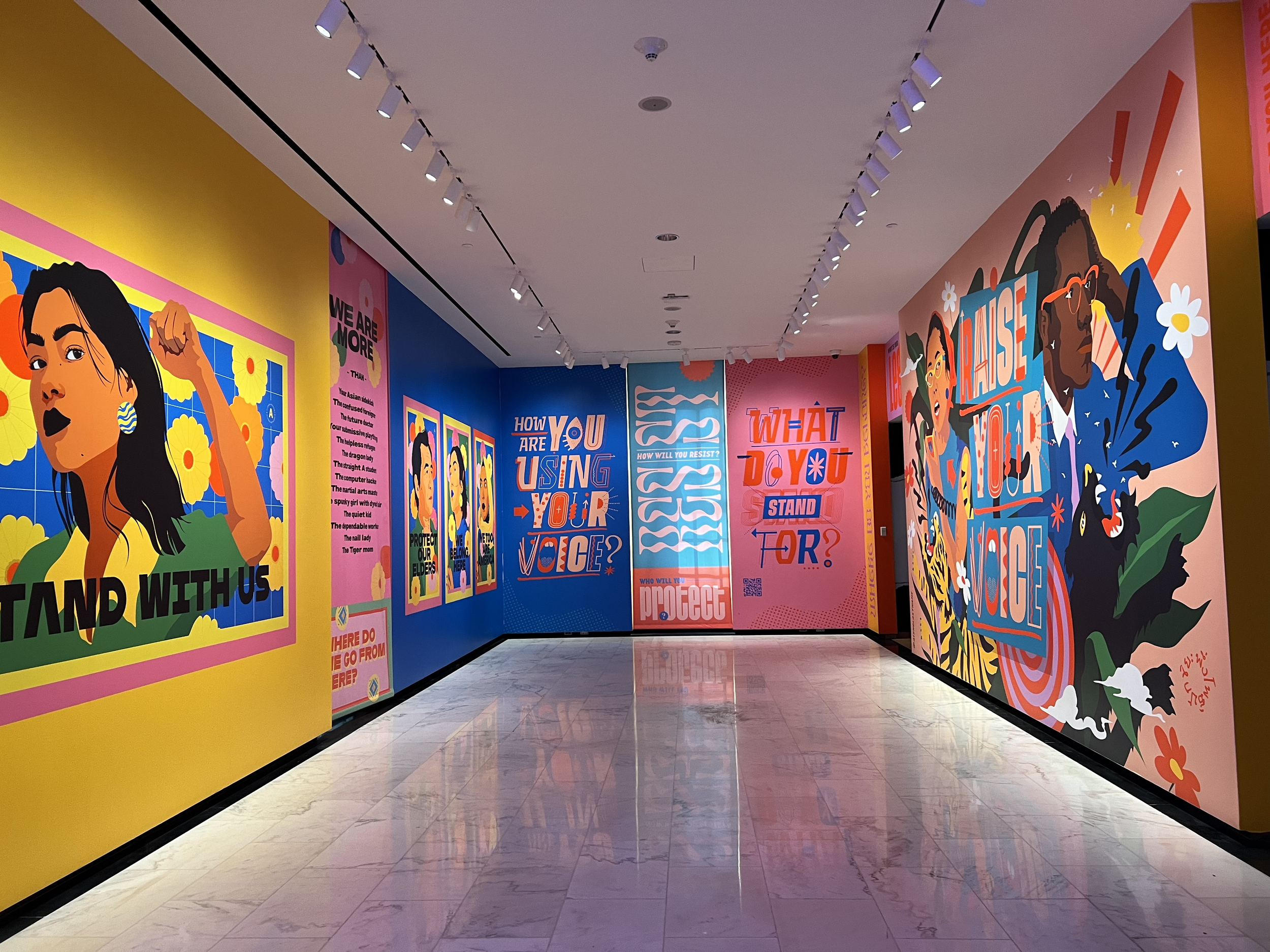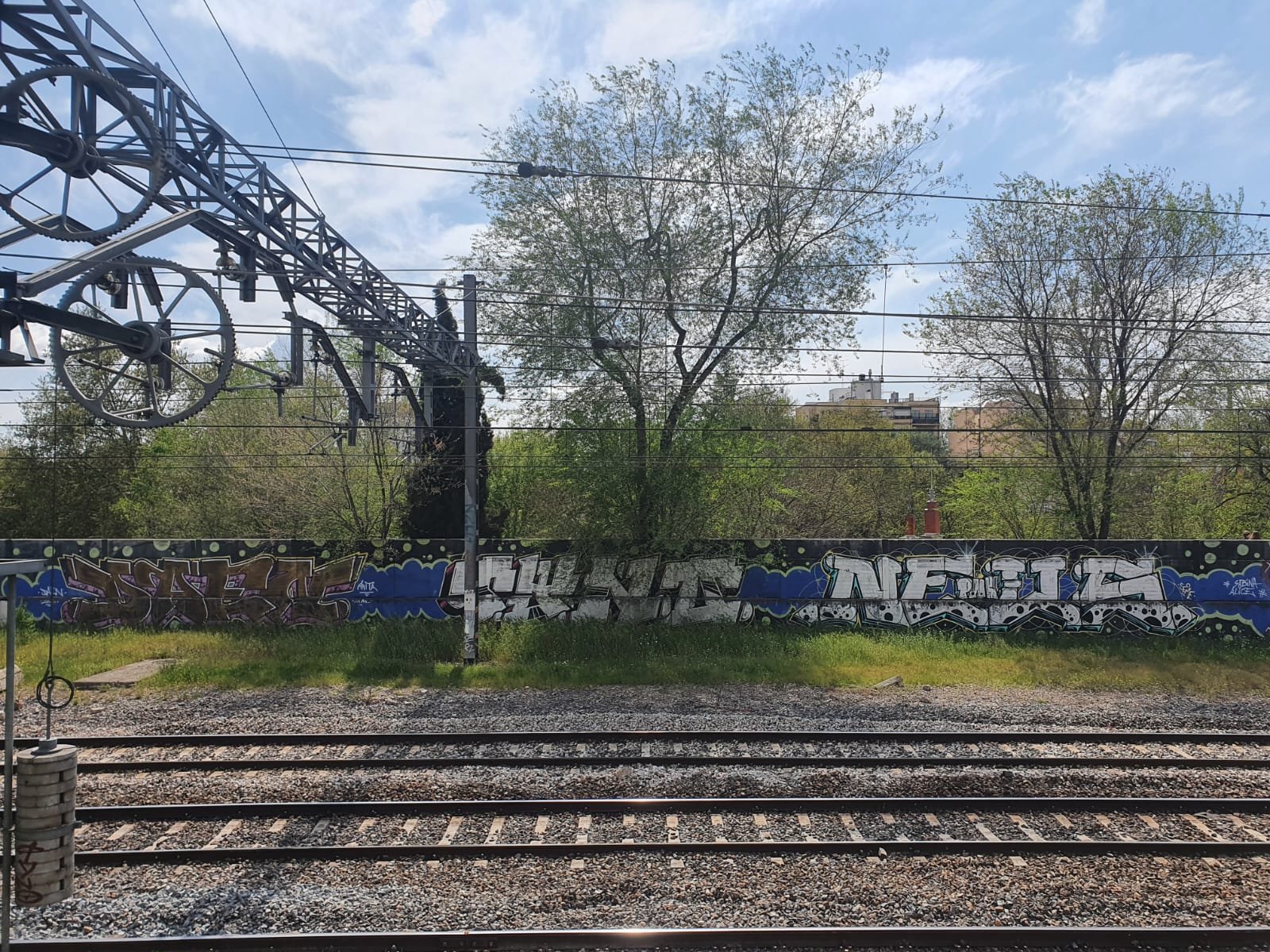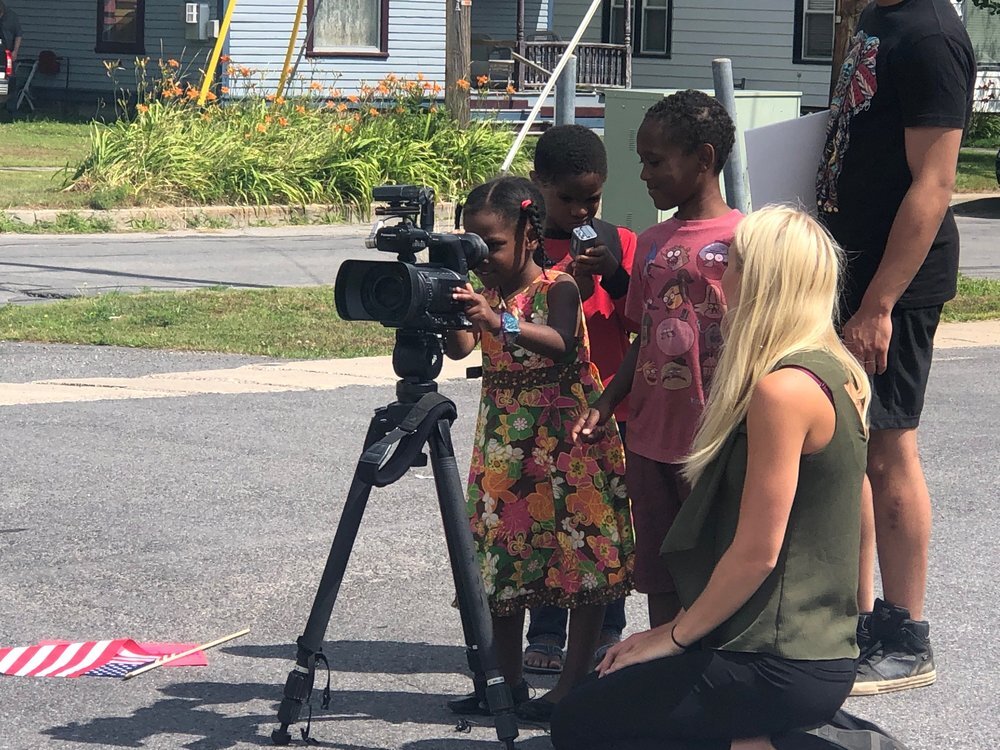
Stories
News

Analysis
Voices
Podcast
Announcements
Events
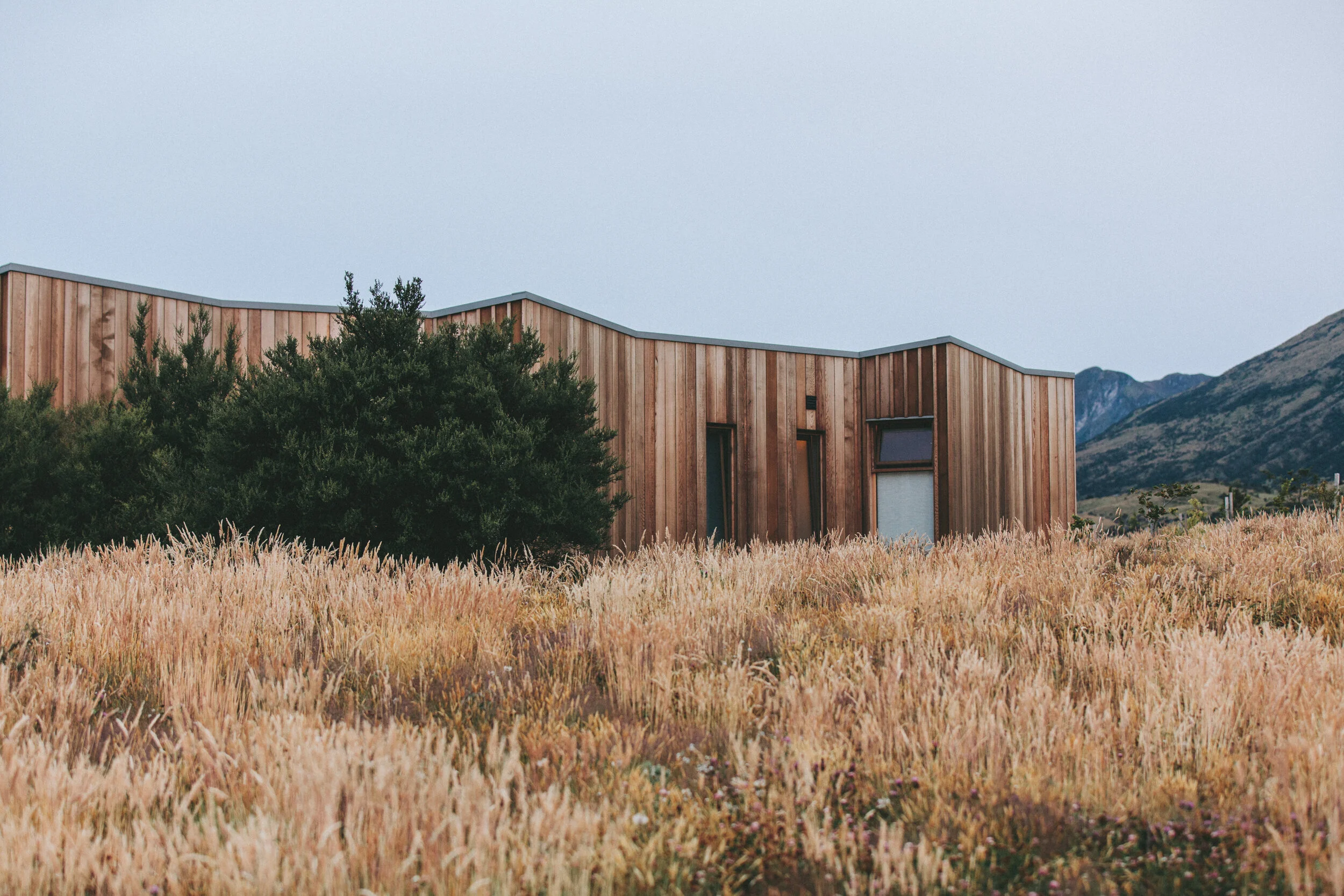
All Stories
“El Arte No Es Delito”: Colombians Reclaim Their Voices on the Streets
Exploring a city as a tourist can be a vastly different experience from doing so as a local. Though I was born and raised in Neiva, Colombia, it was not until my foreign friend visited that I realized how the resistance against state violence and corruption is vividly illustrated in my hometown's public spaces, leaving no room to turn a blind eye. Her amazement at the art, phrases, and graffiti covering a small city like Neiva sparked a conversation about the country’s political landscape at the time.
“The Human Tribe” from Naples to NYC
One of the most incredible aspects of street art is that it can take many forms and mean many things — from a small sticker pasted onto a trash can to graffiti found in a subway car to paste-ups adorning a fence. Being from Mexico, I have always felt strongly connected to murals and their powerful messages. Murals are big. Murals are vibrant. Murals are captivating. In this third installment, I am excited to share my journey of leaving New York City to start the second half of my off-campus year studying in Italy, and to share my experience with Jorit, an internationally known Italian urban artist.
“Make Art”: An Interview With Savior El Mundo
In my first Weaving the Streets installment, I described how my interest in street art was born as a child in Mexico, and I focused on the artist Amanda Phingbodhipakkiya and her installation “We are More” in New York City. I am very excited about this second article because I was lucky enough to interview a street artist myself and learn about street art in NYC and the community of street artists first-hand. For this article, I will be featuring Savior El Mundo, a street artist, but also a dancer, curator, and more, who shared with me his own journey as an artist born and raised in New York City.
Gentrification and Resistance in Lavapiés
I was excited to learn more about this neighborhood and explore it myself. I come from a multicultural neighborhood in New York City, where my community is home to hundreds of immigrants. I was raised by immigrants myself, so I wondered if Lavapiés would remind me of home. However, the professor explained that there is a major problem occurring in Lavapiés: gentrification.
“We are More”: Public Art With a Purpose
“Phingbodhipakkiya’s art encourages you to stop and reflect. The public nature of her eye-catching work encouraged me, and likely thousands of others walking down the crowded NYC streets, to consider individual and collective attitudes towards specific societal groups. It calls out double standards when it comes to appropriating a culture instead of appreciating it.”
Exploring the Underground Graffiti Culture in Madrid
I am fascinated by how graffiti artists like SODA express themselves by using the public space of a city as their canvas. Graffiti is not only an artform, it is also a lifestyle, a culture. Painting at night, breaking into train stations, exploring underground tunnels, running from police (hopefully not) are part of the everyday life of a graffiti artist. They go to great extents and risk their lives, careers, and freedom to realize their work. I have a lot of respect for those who keep this culture alive.
Chueca: Looking Beyond Left Vs. Right
In her second installment of our Weaving the Streets series, Skylar Bergeron continues her exploration of the Chueca neighborhood in Madrid, where the politics of queer liberation defy simple divisions between Left and Right parties.
Chueca: Between Rainbow Capitalism and Fascism
In her first Weaving the Streets article, Skylar Bergeron reports from the Madrid neighborhood of Chueca, where a tradition of LGBTQ+ pride mobilization exists uneasily with the forces of capitalist “pinkwashing” and far-right intimidation.
Arabic Calligraphy in Street Art
By Cassandra Kunert
In her third post for our Weaving the Streets series, Cassandra Kunert takes a look at some of the artists who use Arabic calligraphy as a key element of their street art in Beirut and Amman. “Artists like El Qaqa and El Seed have embraced calligraphic tradition and in doing so have enriched the street art scenes in their communities,” she writes. These artists never viewed street art as an imported practice….By using traditional elements in non-traditional ways, El Qaqa, El Seed, and countless others have contributed to the development of unique art scenes that represent pride in their identity while also showing great respect for their community’s artistic heritage.”
Amman: A Blank Canvas For Public Expression
By Cassandra Kunert
In her second contribution to our Weaving the Streets series, Cassandra Kunert checks in from Jordan’s capital, Amman. “While the street art movement in Amman is only beginning to emerge, the artists have taken the blank canvas of the city to express both the personal and the public,” she writes. “Inshallah, in the years to come they will continue using public spaces for artistic expression.”
Expressing Unity and Revolution: Lebanon 2019
By Cassandra Kunert
In her first installment for our Weaving the Streets project, Cassandra Kunert reports on what she observed when she went to Beirut, Lebanon, in search of street art - only to find a city whose population was rising up in huge numbers against the existing political and economic order.
Misneach: A Call for Justice Through the Irish Language
By Darcy Best
In her latest installment for our Weaving the Streets project, Darcy Best checks in from Galway, Ireland, where street serves as a way to link the Irish language movement with broader political causes ranging from welcoming refugees to expressing solidarity with Palestinian hunger strikers.
Forgetting and Remembering Collective Memory in Spain
By Ajok Deng
As a contributor to the Weaving the Streets project, I have been looking into the issue of collective memory and the reconstruction of identities in post-dictatorship Spain. My first two blog posts focused on Lavapiés, a multicultural neighborhood in Madrid, using street art as a medium for juxtaposing modern-day activities with the history of the Franco dictatorship. This third post focuses on Santander, a city where the present and the past exist simultaneously.
What’s Written on the Walls: Gendered Resistance in Lavapiés
By Ajok Deng
In the Madrid neighborhood of Lavapiés, groups such as Mujeres Libres (Free Women) join anonymous street artists in expressing defiant resistance to the structures of patriarchy and the gendered violence that it generates. As part of our Weaving the Streets project, reporter Ajok Deng describes what she has been seeing on the walls, and in the streets, of Lavapiés.
Lavapiés: The Streets Speak Many Languages
By Ajok Deng
"Skulls and bones emerge from the ground beneath your feet. They peek right above the sidewalks and leave a chilling impression of what was once hidden." Ajok Deng joins our Weaving the Streets project with a report from Lavapiés, an immigrant neighborhood in the heart of Spain's capital. "The history surrounding the dictatorship has long been buried, but it still has a way of creeping up to the surface."
Forging Identity Out of Metal Boxes
By Darcy Best
In her latest contribution to our Weaving the Streets project, Darcy Best reports from Dublin on a creative project through which local artists can help build a distinctive identity for particular areas of the city by turning metal traffic boxes into canvases for vibrant art.
Rebels with a Cause: Alternative and Oppositional Culture in Vienna
By Wyatt Adams
"It seems like a ritual here. On an almost biweekly basis, the Ringgasse goes silent, the barriers go up, and riot police in white helmets and shoulder pads take to the streets." In his latest Weaving the Streets post, Wyatt Adams explores the ubiquity of political demonstrations and other forms of oppositional street culture in Vienna.
Inaugural Memories: Beyond ‘Alternative Facts’
By Sheila Murray
In her latest contribution to our Weaving the Streets project, Sheila Murray reflects on her experience at the Women's March following the inauguration of President Trump.
Welcome to Vienna: Lamp Posts and Bathroom Stalls as Canvasses
By Wyatt Adams
In his first contribution to our Weaving the Streets project, Wyatt Adams checks in from Vienna, Austria, where the heavy presence of antifascist and other leftist stickers signal a distinctive form of street art that is visible on lamp posts, in bathroom stalls, and in other locations throughout the city.
Dissecting Boston III: Recipe for Dissection
By Tzintzun Aguilar-Izzo
As part of our ongoing Weaving the Streets project, Tzintzun Aguilar-Izzo describes his personal recipe for dissecting the borders of "American Identity" and the tools others need to join this artistic/activist process.

